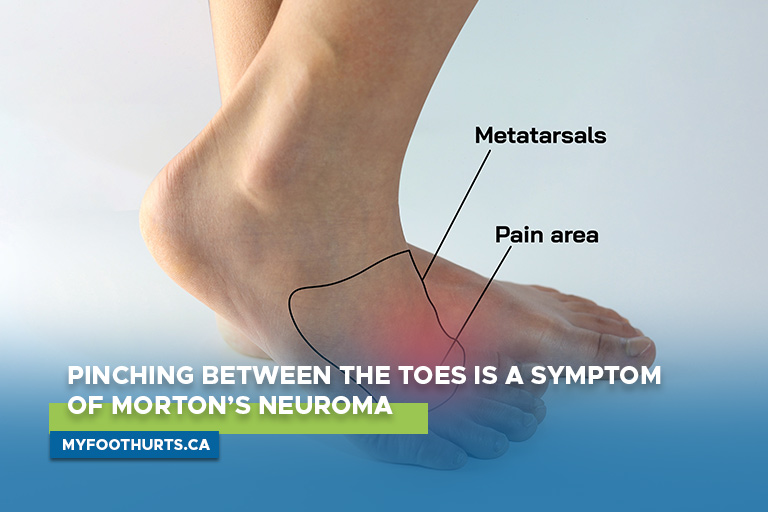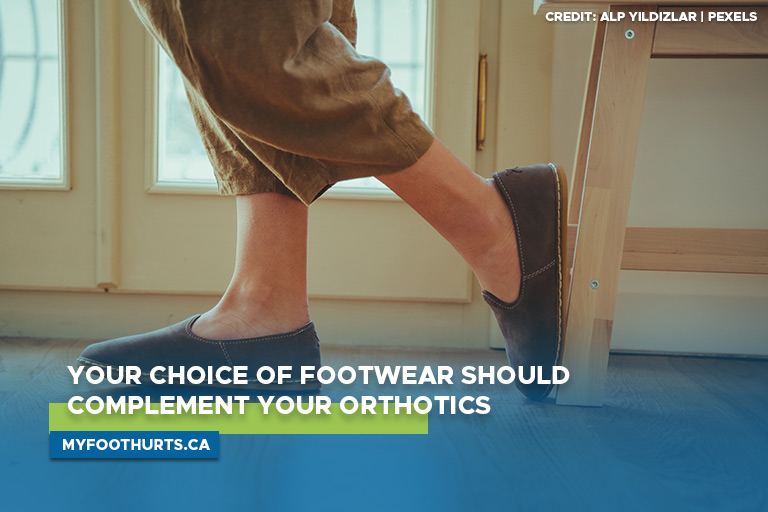As you age, your body undergoes changes that can result in aches, pains, fatigue, and reduced activity levels. Your feet are especially susceptible to many problems that impact your daily life. Fortunately, there is a solution in the form of custom orthotics.
At a local family foot clinic, a pedorthist can recommend custom orthotics to treat or prevent many symptoms and conditions affecting your feet. Orthotics are customized moulds designed to support the tissues, joints, and muscles in your feet. As a result, they help relieve the pain caused by common foot problems like plantar fasciitis and bunions.
This article will discuss some of the most common foot problems and how orthotics can alleviate pain, resulting in improved foot health.
Foot Conditions
Plantar Fasciitis
Plantar fasciitis is a common foot problem that causes inflammation of the plantar fascia, a tough and fibrous band of tissue running along the sole of your foot. The plantar fascia is under tension and stress whenever you stand or push off your toes or the ball of your foot during walking or running.
This condition is often associated with overuse, injury, or poor foot mechanics. Its symptoms can include heel pain, particularly in the morning or after prolonged periods of sitting or standing.
To alleviate pain and discomfort, consider consulting a pedorthist for custom orthotics. Orthotics support the arch and provide extra cushioning as the heel absorbs shock and reduces excessive movement.
Flat Feet
Flat feet, or fallen arches, occur when the arch of the feet collapses, bringing the entire sole into contact with the ground. It is often caused by genetics, injury, or muscle weakness. While some people do not experience any discomfort due to flat feet, the condition can cause alterations in leg alignment that can cause knee and ankle problems.
You can discuss orthotics with a foot care clinic or other healthcare provider to see if they are a good treatment option. By providing support to the arch, orthotics redistribute pressure across the foot, reducing the risk of injury or strain. Furthermore, they can prevent further complications, such as plantar fasciitis or shin splints resulting from flat feet.
Metatarsalgia is another foot condition that causes pain in the ball of your foot, specifically in the metatarsophalangeal joints. This foot problem affects various structures, including joints, capsules, nerves, tendons, ligaments, and skin. The pain is most commonly felt in the middle of the ball of the foot or near the base of the big toe.
To treat the affected area, reduce pressure and friction. Wearing well-cushioned, properly fitted shoes with low heels can also provide relief. Custom-made orthotics can also be beneficial because they give extra support and can be worn with most shoes.
Morton’s Neuroma
Morton’s neuroma is a relatively common foot condition in which a nerve becomes compressed, resulting in discomfort. Tight shoes, high heels, or foot malformations frequently cause it. Morton’s Neuroma symptoms include toe tingling, numbness, and pain. If left untreated, it might result in lifelong nerve damage, among other adverse effects.
In conjunction with other therapies, orthotic footwear and orthotic solutions help alleviate the discomfort and problems of this foot ailment. It supports and cushions the forefoot, minimizing nerve pressure.
Bunions
A bunion is a protruding deformity of the metatarsophalangeal (MTP) joint. Bunions can be agonizing, particularly when located at the base of the big toe.
While surgical intervention is the only permanent cure for bunions, custom orthotics can slow their progression and reduce pain. When prescribing orthotics as a bunion remedy, a pedorthist from a trusted foot care clinic in Owen Sound aims to maximize pain-free flexing of the first MTP.
By altering the angle at which the foot strikes the ground, custom orthotics can make standing, walking, and running more comfortable and efficient.
Types of Orthotics
- Functional orthotics, or rigid orthotics, are made of plastic or carbon fibre. They work best with short heels and closed-toed dress or walking shoes. These orthotics are designed to ease leg, thigh, and lower back discomfort brought on by improper foot function.
- Soft orthotics, often referred to as accommodative orthotics, are made of cushioning soft compression materials to relieve pressure from uncomfortable or painful regions caused by conditions like plantar fasciitis or diabetic foot ulcers. Prescription shoes may be necessary for soft orthotics.
Both types of orthotics can be custom-made to fit an individual’s foot shape. A combination of rigid and soft orthotics may sometimes be recommended to provide optimal support and comfort. Consult with a pedorthist from a family foot and orthotics clinic to help you determine which type of orthotic suits your specific foot problem and lifestyle.
How to Choose the Right Footwear to Complement Your Orthotics
While custom orthotics can relieve foot conditions, choosing the right footwear to complement your orthotics treatment is also crucial. To help you select shoes that fit your orthotics, here are a few tips:
Choose shoes with a removable insole
Shoes with a removable insole are ideal for use with orthotics as they provide more space and flexibility for inserting orthotics into the shoe.
Look for shoes with a wide-toe box
A wide-toe box has enough space for your toes to spread out comfortably, which can help reduce pressure and prevent foot pain. Shoes with a narrow or pointed-toe box, on the other hand, can cause crowding and discomfort.
Make sure the shoe provides good arch support
Shoes that provide proper arch support can improve the effectiveness of your orthotics by reducing strain on the feet and ankles. Look for shoes with a sturdy sole and arch support that match the shape and contour of your orthotic
Consider the cushioning level
The cushioning you need depends on the severity of your foot condition and preferences. Shoes with more cushioning can provide additional shock absorption and benefit those with plantar fasciitis or flat feet.
Check for a good fit
A good fit is essential for both your shoes and orthotics. Make sure that your shoes are not too tight or loose and that your orthotics fit snugly inside the shoe without shifting or sliding around.
The specialists at your local foot health clinic can supply you with orthotics designed precisely for you. With their support, cushioning, and pressure redistribution, orthotics can be the game-changer you need to enhance the health of your feet.
Contact a pedorthist at Brubacher Foot Comfort, and inquire about orthotics right away to take the first step toward healthy feet. Our foot clinic in Owen Sound can provide expert advice and guidance on improving foot health and preventing future problems. We can help you find the right solution for your orthotics needs. Contact us at 519 376 4523 to book an appointment.


